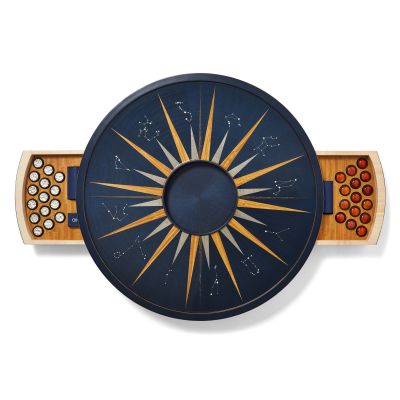The Intergalactic Globemaker
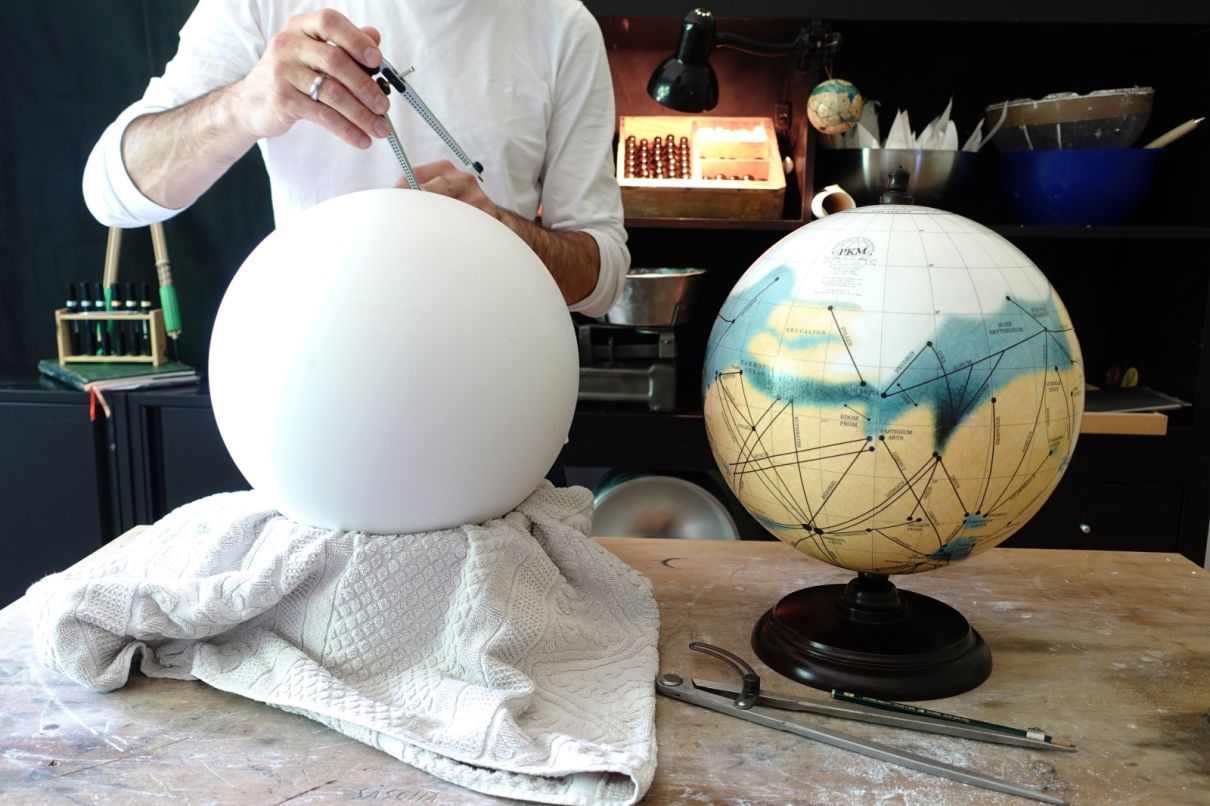
Not content to map the Earth, Michael Plichta is a globemaker mapping the Universe’s planets and moons.
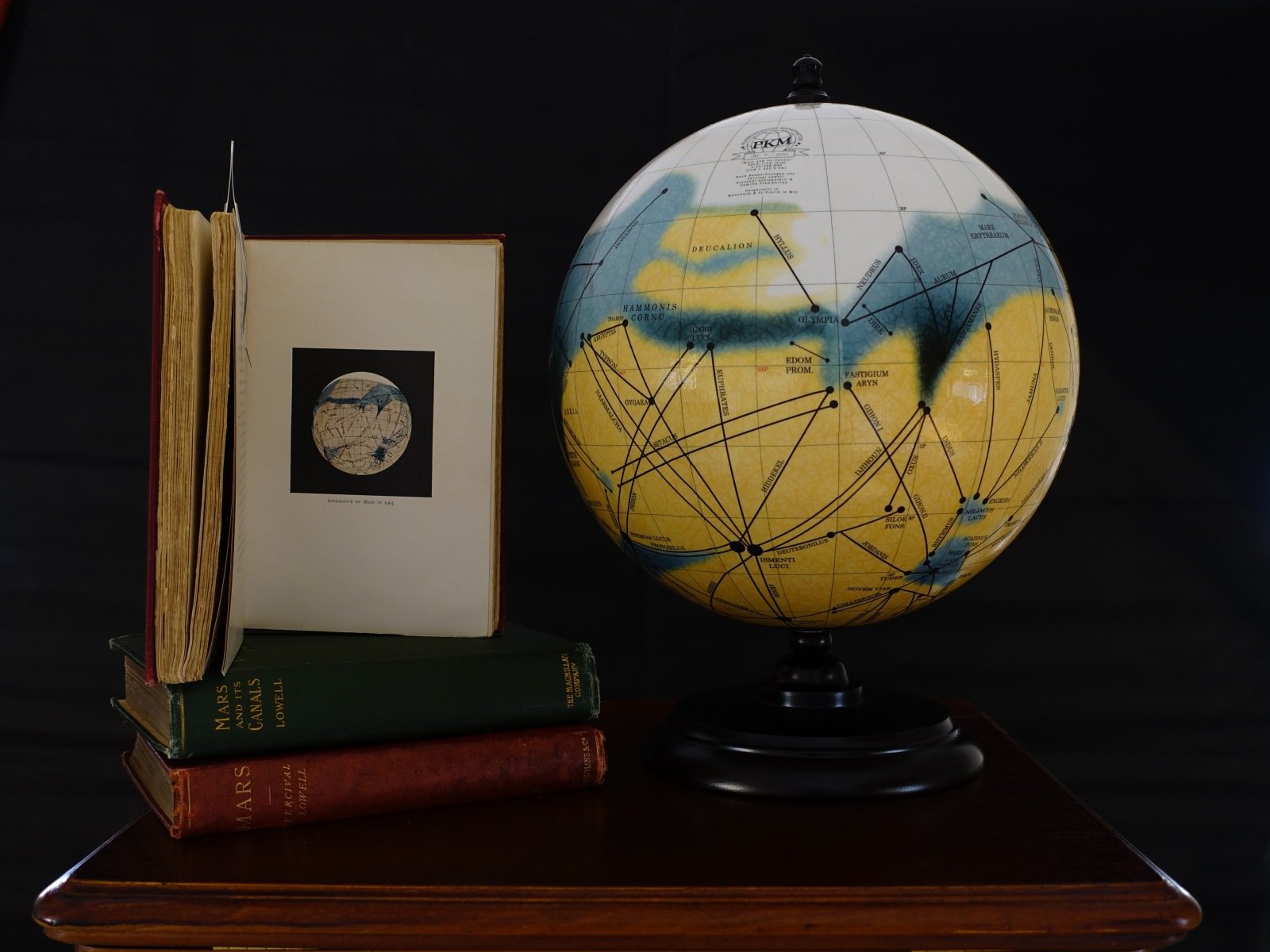
Humans have long had an enduring fascination with the Universe and the Heavens. But we’re now on the cusp of an unprecedented era of space exploration where we can increasingly apply fact to science-fiction. Space tycoons like Elon Musk and Jeff Bezos are putting space travel firmly into the grasp of our generation.
It is a subject inspiring many industries, including the arts. Now a globemaker from Germany has decided to map the surface of Mars, the Moon, Venus and beyond.
Michael Plichta, a globemaker based in Mannheim, Germany, handcrafts globes to show, in intimate detail, the surface of planets, complete with mountains, canals, polar caps and rivulets. A psychologist by profession, he decided to retrain as a globemaker after he realised there was a niche in the market for extra-terrestrial globes.
He stumbled across a traditionally crafted moon globe created by Paul Raeth from 1963 at a flea market. He looked for globes showing the surface of Mars, and when he found there were none, he decided to create his own.

“As an amateur backyard astronomer, I had stumbled upon a book by Percival Lowell detailing his Mars-canal observations of the late 19th and early 20th century. After I found the Moon globe, I remembered the crazy Mars canal map in his book and wished to have a globe showing this map. The year 2014 was the turning point when things came together; my passion for Mars and its canals and the idea of building my own globe,” he explains.
“When I further inspected the Moon globe, I realised how it was built. It is constructed out of 12 paper strips that are brought onto a sphere. I was fascinated by the simplicity and beauty, and thought that it must be very easy to build a handcrafted globe,” he adds. Plichta was wrong.
“In the end, it took me more than two years to acquire all the knowledge, tools and materials that are needed to build a globe.” Plichta obtained antiquarian books about globes and globemakers of the past that helped him get an idea about the exact production process. But, in the end, it was trial and error. “It took hundreds of experiments building the sphere out of plaster of Paris, followed by experimenting with optimal paper to adapt to the curved surface of a sphere without tearing,” he explains. The process of hand-applying the paper gores onto the sphere is the most delicate part, says Plichta, a skill that took more than a year and a half to master.
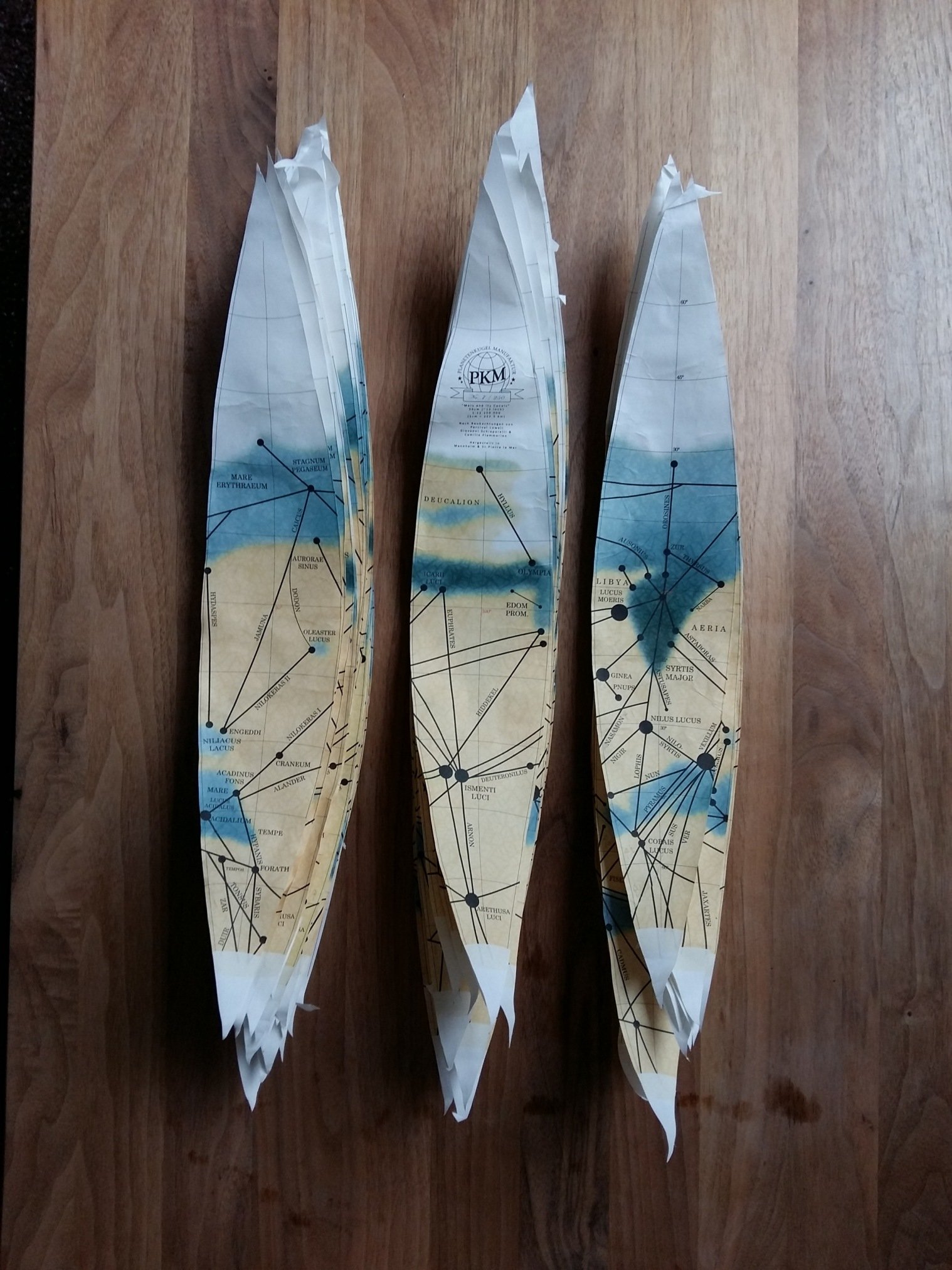
A handcrafted globe is priced at US$2,400 and is built to order. Plichta has built 250 Mars globes for customers from all over the world. He created a Venus globe based on a beautiful map by Italian astronomer Francesco Bianchini from 1728, which is on show in a German museum. He is setting out to make 250 Moon globes: 12 inch ones that that will show the Moon’s relief, including shadows, craters and hills such as the Vallis Alpes and Aristoteles.
“They can be touched and give you an incredible sense of closeness to our faithful companion,” he says. He uses NASA data for the Moon relief globe and calculates a 3D model from it, creates a silicon mould into which he poured a ceramic casting mass that is rotated for 27 minutes, then left to dry for a week. Then it is painted, varnished, and mounted on a classic wooden base. It takes four weeks in total.
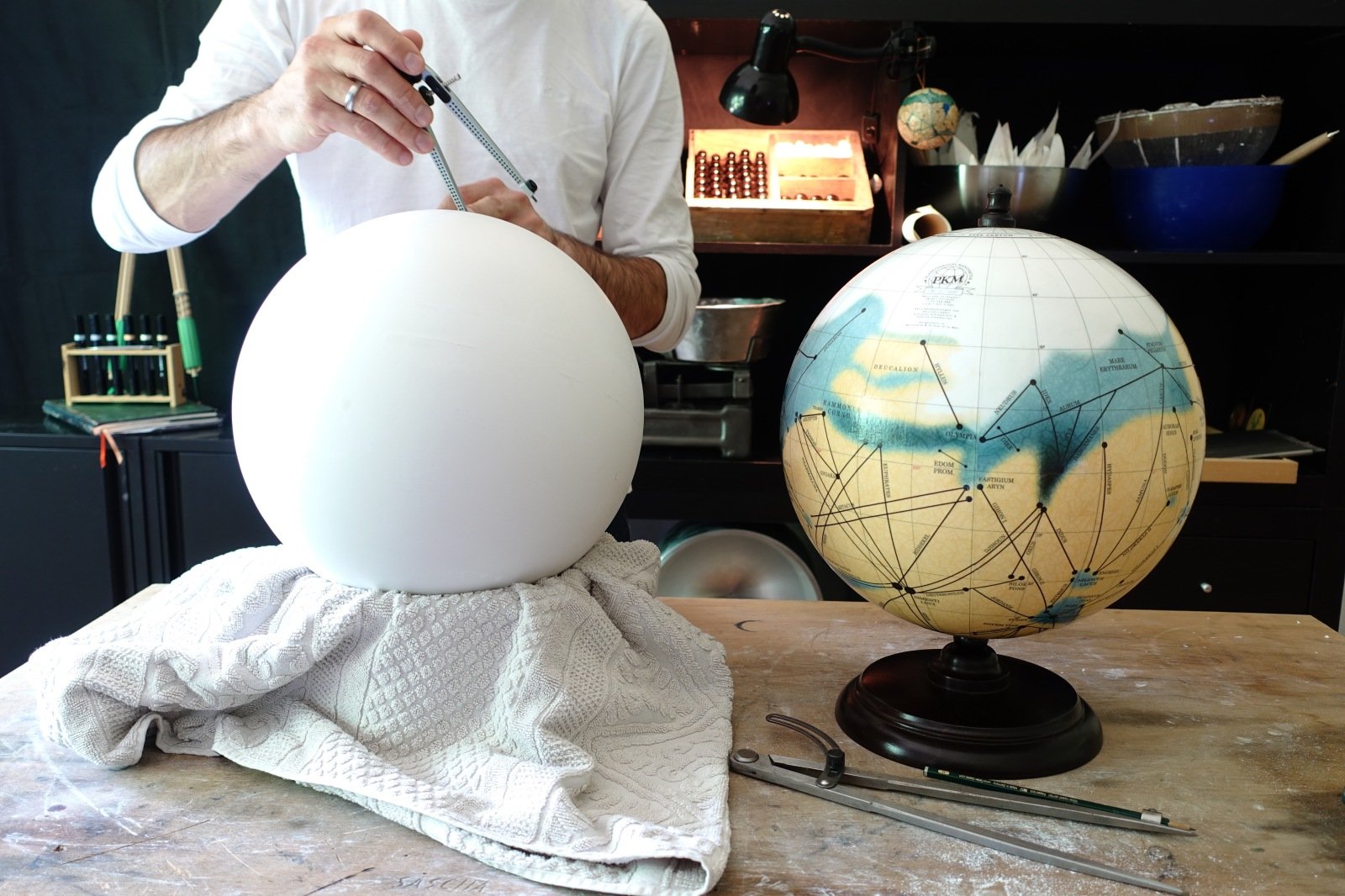
There is a growing market for space fantasy, as the prospect of intergalactic space tourism comes ever closer.
Plichta says: “As long as humans explore their surroundings and add fantasy and imagination, I am sure to have enough material to build more and more fantastic worlds at the borderline between science and fiction.”
This article originally appeared in Billionaire's Discovery Issue, September 2018. For subscriptions click here.



